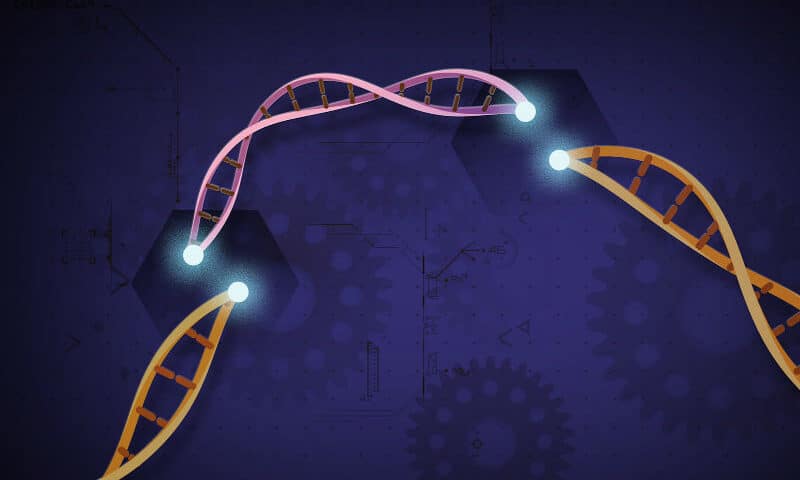Adenovirus vectors have become a popular delivery platform for gene therapy and vaccines. However, many people have preexisting immunity against adeno-associated viruses (AAVs), which could significantly reduce vector uptake and therefore render the therapeutic cargo they carry ineffective. Even in individuals that lack preexisting immunity, the first inoculation of a vector could induce immune responses that can thwart repeat administration.
To overcome that obstacle, scientists at the University of Pittsburgh created a CRISPR-based system that they say could effectively prevent immunity to the viral vector. The CRISPR tool briefly suppressed genes that are related to anti-adenovirus antibody production and helped achieve better gene therapy uptake in mice. The results were published in Nature Cell Biology.
Samira Kiani, the study’s co-senior author, has co-founded SafeGen Therapeutics with the goal to bring this platform to the clinic to enable safer gene therapy.
“Many clinical trials fail because of the immune response against AAV gene therapy,” Kiani said in a statement. “And then you can’t re-administer the shot because people have developed immunity.”
One recent case in point is CanSino Biologics’ adenovirus type 5 (Ad5)-vectored COVID-19 vaccine. In the shot’s phase 2 trial, about half of the participants had high levels of preexisting Ad5 neutralizing antibody. These individuals were found to produce significantly lower immune responses to the vaccine than did those with low preexisting anti-Ad5 immunity.
Kiani and colleagues set out to modify the gene expression that’s associated with an immune response against AAV, but only temporarily—just long enough for the therapeutic content to do its job—because they didn’t want to tamper with normal immune functions.
CRISPR, which can edit out a defective gene or add in a functional one, is already being explored as a gene therapy strategy. So the University of Pittsburgh researchers figured they could hit two birds with one stone by utilizing CRISPR to also control the immune response.
They treated mice with the CRISPR-based system and then re-exposed them to AAV, and the animals didn’t make more antibodies against the virus. The treated mice were more receptive to subsequent AAV-delivered gene therapy than were the control animals, the team reported.
Gene therapies hold promise as potential cures to many hard-to-treat diseases that would otherwise require chronic treatment. So scientists have been trying to perfect their transport vehicles for better safety and efficacy.
A team led by scientists at the San Raffaele Telethon Institute for Gene Therapy in Italy, for example, attached the CD47 protein to the surface of lentiviral vectors so they could escape detection and destruction by the immune system. And researchers from Johns Hopkins University developed a nonviral delivery system that uses a polymer nano-container, which releases the therapy once inside the cell.
Now, Kiani hopes to validate the CRISPR-based technology at SafeGen. In addition to its potential as a gene therapy delivery platform, the researchers also found that their method can prevent or treat sepsis in mice, suggesting it might also be useful for treating inflammatory conditions.

